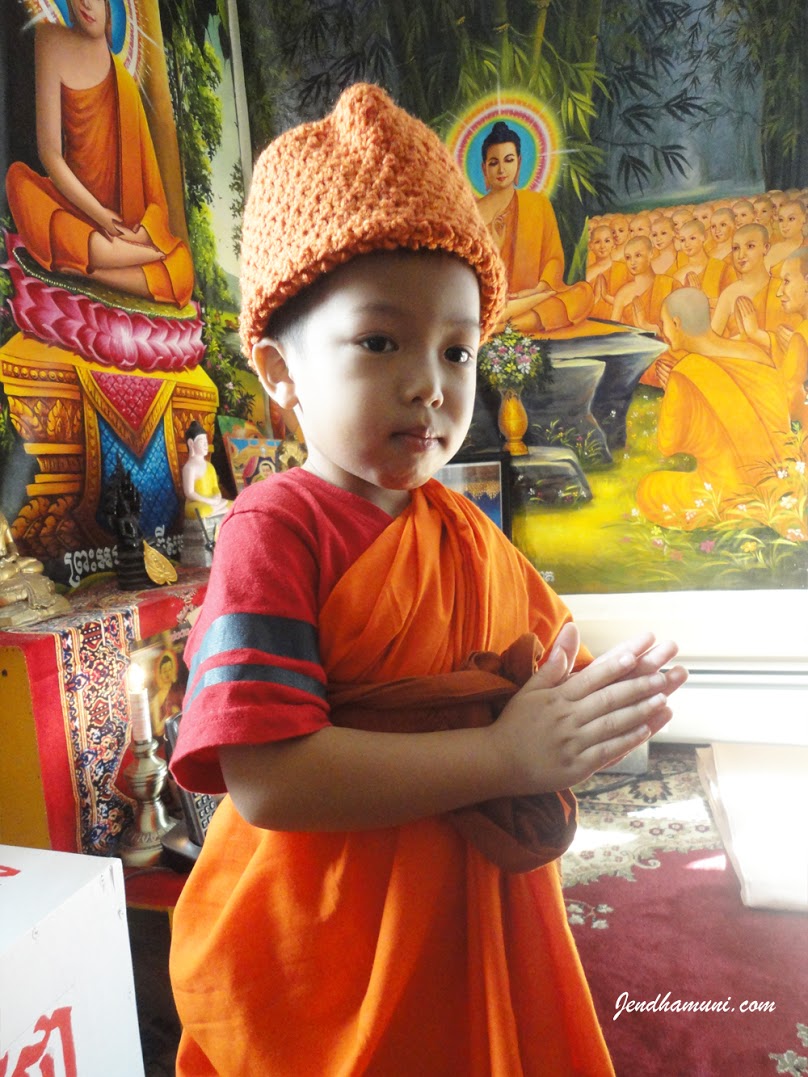The Third Noble Truth
What is the Noble Truth of the Cessation of Suffering? It is the remainderless fading and cessation of that same craving; the rejecting, relinquishing, leaving and renouncing of it. But whereon is this craving abandoned and made to cease? Wherever there is what seems lovable and gratifying, thereon it is abandoned and made to cease.
There is this Noble Truth of the Cessation of Suffering: such was the vision, insight, wisdom, knowing and light that arose in me about things not heard before.
This Noble Truth must be penetrated to by realising the Cessation of Suffering….
This Noble Truth has been penetrated to by realising the Cessation of Suffering: such was the vision, insight, wisdom, knowing and light that arose in me about things not heard before.
[Samyutta Nikaya LVI, 11]
The Third Noble Truth with its three aspects is: ‘There is the cessation of suffering, of dukkha. The cessation of dukkha should be realised. The cessation of dukkha has been realised.’
The whole aim of the Buddhist teaching is to develop the reflective mind in order to let go of delusions. The Four Noble Truths is a teaching about letting go by investigating or looking into – contemplating: ‘Why is it like this? Why is it this way?’ It is good to ponder over things like why monks shave their heads or why Buddha-rupas look the way they do. We contemplate…the mind is not forming an opinion about whether these are good, bad, useful or useless. The mind is actually opening and considering. ‘What does this mean? What do the monks represent? Why do they carry alms bowls? Why can’t they have money? Why can’t they grow their own food? We contemplate how this way of living has sustained the tradition and allowed it to be handed down from its original founder, Gotama the Buddha, to the present time. Continue reading












